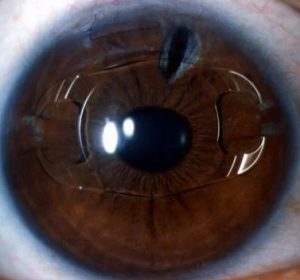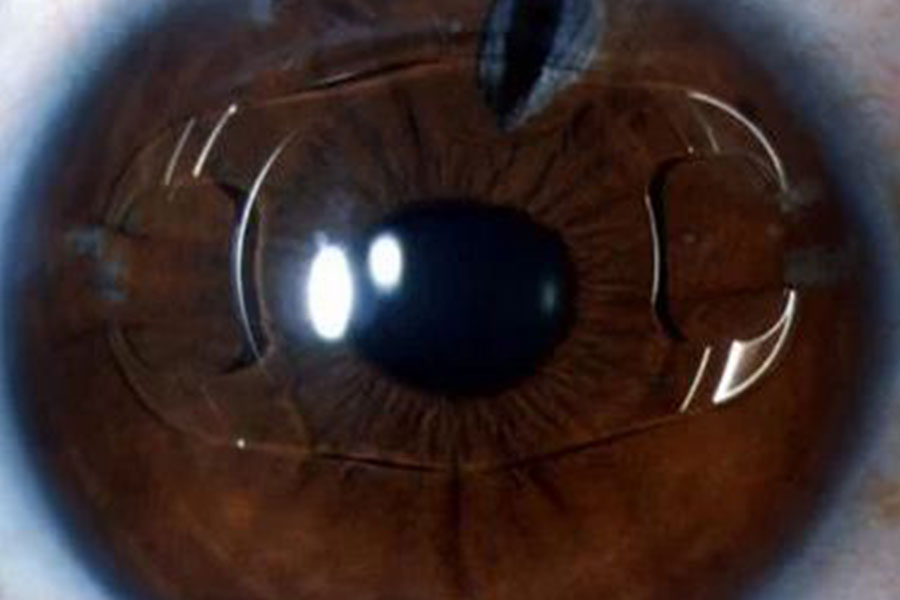
Phakic intraocular lenses are lenses that are implanted into the eye without removing the biological lens. Phakic intraocular lenses are treatment modalities for the treatment of refractive errors such as myopia, hyperopia, astigmatism, myopia astigmatism and hyperopia astigmatism. The difference between these surgical methods and laser operations is that the applications are reversible. However, this treatment method can also be applied to people with high myopia and hyperopia.
Phakic lens treatment is useful for:
- Myopia from 0.5 to 20 degrees
- Myopic astigmatism from 0.5 to 6 degrees
- Hyperopia from 5 degrees to 10 degrees
- Hyperopia astigmatism from 5 to 6 degrees
WHO IS SUITABLE FOR PHAKIC INTRAOCULAR LENES?
- Patients older than 18 years
- No progress in the eye numbers for the last 2 years
- No glaucoma
- No retinal and cataract disorders.
Nevertheless, the doctor conducts a detailed examination and examination of the patients and checks whether they are suitable for the operation. The corneal tissue is also examined in these tests.
WHAT SHOULD BE CONSIDERED BEFORE THE OPERATION?
Before the phakic lens application, blood-diluting drugs such as aspirin and coumadin should not be used. However, patients who will undergo general anesthesia should talk to the doctor about what they should do before. Patients who will undergo local anesthesia may enter the surgery by eating a light meal.
SURGERY PROCESS
The phakic lens surgery takes approximately 5 minutes for one eye. The patient is under general anesthesia during this process and does not feel anything. Before entering the operation, the patient is also given a sedative. The eye is sterilized preoperatively and a device is used to keep the eyelids open. A short incision is then made into the corneal layer. After this cut, a substance is injected in front of the iris layer to avoid damaging the cells. The phakic lens is then placed so that it does not meet your own lens. The opened layer is closed with small stitches. The entire operation takes approximately 30 minutes. The lens placed inside the eye with surgery is a transparent lens and a medical material that can be used comfortably for the whole life if the harmony with the eye tissue is realized ideally. These lenses are not visible when they are placed in the eye and are not seen from the outside. Similarly, the patient does not feel that there is a lens in the eye. The phakic lens can be removed with the patient’s request.
POSTOPERATIVE
Immediately after the surgery, the patient is taken to a room to rest. After a few hours of rest, the patient is discharged and sent home. The eye must remain closed on the day of the operation. During this period, stinging, pain and burning may occur. This is normal. If the pain is high, there is no harm in taking painkillers. The patient comes to control the day after surgery. The doctor prescribes the drops to the patient. In the first days after the operation, watering, redness and sensitivity to light are experienced. The first few weeks, there will be blurry and choppy vision. When the drops are used as prescribed by the doctor, all of these problems will fade away. Patients should never rub their eyes or leak water or soap.
WHAT ARE THE ADVANTAGES?
- Patient comfort is in phakic intraocular lens surgeries in the first place.
- Incisions are very small so there is no need for hospitalization.
- Patients can easily return to their daily life.
- It is a reversible treatment method and can be removed in any case.

